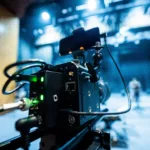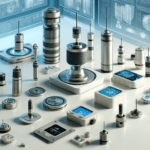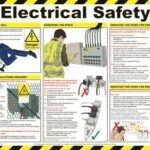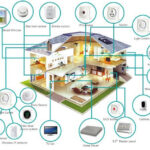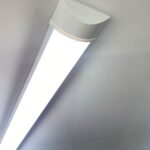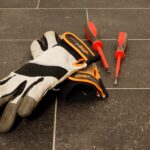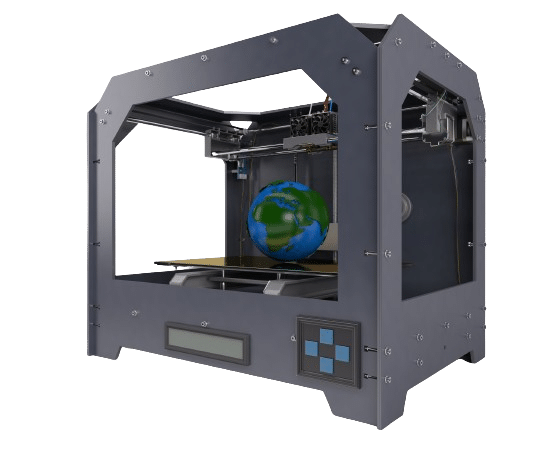
Introduction
3D printing offers endless possibilities, from prototyping and manufacturing to crafting and hobbyist projects. As technology becomes more accessible, many individuals and businesses are considering purchasing a 3D printer. However, with so many types, technologies, and features available, choosing the right 3D printer can be a challenging, time-consuming task, especially when looking for the perfect 3D printer UK. If you are among those finding difficulty in searching for a perfect 3D printer and need clarification, don’t worry. Our comprehensive guide helps you to demystify the process, facilitating you to make an informed decision tailored to your needs––providing you with everything you need to know before buying a 3D printer.
Understanding 3D Printers and 3D Printing Technologies
A 3D printer is a type of manufacturing machine that can create three-dimensional objects by adding material layer by layer. This process is known as additive manufacturing or 3D printing. It works by taking an object’s digital model to be created and then using that model to build the physical object one thin layer at a time. Three-dimensional printers use various materials, such as plastics, resins, metals, and even ceramics, depending on the printer type and the desired properties of the finished object.
The Need/Significance of Considering Various Parameters Before Buying a 3D Printer
Selecting the best 3D printer involves considering various factors for the sole purpose of making an informed decision based on selection criteria. Considering multiple parameters before buying a suitable 3D printer is crucial because it can lead to better printing outcomes and a more satisfying overall experience––ensuring you select a printer that aligns with your specific needs, budget, skill levels, and other requirements.
Most Popular Types of 3D Printing Technologies
There are several technologies used in 3D printers, with the most popular including:
FDM (Fused Deposition Modeling) Printers
FDM printers work layer by layer, melting and extruding thermoplastic filament to build an object. They are the most common and affordable type, suitable for beginners and hobbyists. FDM printers are ideal for prototyping, educational purposes, and home projects.
SLA (Stereolithography) and DLP (Digital Light Processing) Printers
SLA and DLP technologies use ultraviolet light to cure liquid resin into solid plastic. These printers produce parts with higher resolution and smoother finishes compared to FDM but at a higher cost. These printers are suitable for jewellery, dentistry, and models requiring fine detail.
SLS (Selective Laser Sintering) Printers
SLS printers utilise a laser to sinter powdered material, binding it together to form a solid structure. This technology allows for complex geometries without requiring support structures, but the printers are typically more expensive and used in professional settings. An SLS printer is a preferred choice for functional parts, complex designs, and industrial applications.
Buying the Best 3D Printers: Key Features and Selection Parameters to Consider
When buying a 3D printer, several key features with notable benefits should be ascertained that can influence your decision, such as
Intended Use
Determine whether you’re buying a 3D printer for personal use, prototyping, or production purposes. This will influence factors such as print quality, material compatibility, and build volume.
Print Quality
Different printers offer varying levels of print quality, and understanding your desired print quality will facilitate you to choose a printer that meets your expectations.
Build Volume
Check for the maximum size of the objects you plan to print. A larger build volume allows for bigger prints but will increase the printer’s size and cost.
Resolution
Resolution, measured in microns, affects the detail level of your prints. Lower numbers indicate higher resolution. For most hobbyists, a layer height of around 100 microns is sufficient, while professional applications may require finer details.
Material Compatibility
Different printers support various materials. While most FDM printers use PLA or ABS filament, others can handle specialty materials like flexible TPU or durable PETG. SLA and SLS printers have a range of compatible resins and powders.
Connectivity Options
Connectivity options such as USB, SD card, Wi-Fi, or Ethernet determine how you can send designs to your printer. Cloud-based printing services offer additional convenience for some models.
Software
The software used for slicing (preparing your 3D model for printing) can significantly impact your printing experience. Consider the software, as some printers require proprietary software, while others are compatible with various open-source options.
Additional Considerations
- Ease of Use: Look for features like auto-levelling beds, filament sensors, and user-friendly interfaces, especially if you’re a beginner.
- Speed: Printing speed is important, but higher speeds can sometimes compromise print quality.
- Support and Community: A robust user community and manufacturer support can be invaluable, especially for troubleshooting and advice.
- Cost and Brand: Beyond the printer’s price, including the cost of replacement parts, materials, and maintenance, consider the brand of 3D printer for guaranteed quality performance.
- Future Expansion and Upgrades: Check if the printer supports upgrades or modifications. As you gain more experience with 3D printing, you may want to expand your printer’s capabilities or improve its performance.
Best 3D Printers in 2024: Professional and Budget-Friendly
In 2024, the landscape of 3D printing technology may have evolved, but some brands consistently stand out for their professional quality and affordability. Here’s a list of some of the best professional 3D printer options:
- Formlabs Form 3
- Raise3D Pro2
- BCN3D
- Zortax
- Dremel.
Budget-Friendly 3D Printers:
These printer series have been a favourite among hobbyists and beginners due to their affordability and decent print quality, including:
- Creality Ender 3 V2
- Anycubic i3 Mega S
- Prusa i3 MK3S+
- Zmorph
- Bambu Lab
- LulzBot.
Final Words
Looking for the right 3D printer involves balancing your needs, budget, and the features that matter most to you. Whether you’re a hobbyist looking to bring your creations to life or a professional seeking precision, affordability, and reliability, there are multiple 3D printers out there that fit the bill. By understanding the technologies, key features, and additional considerations, you’re well on your way to selecting the perfect 3D printer for your projects.








